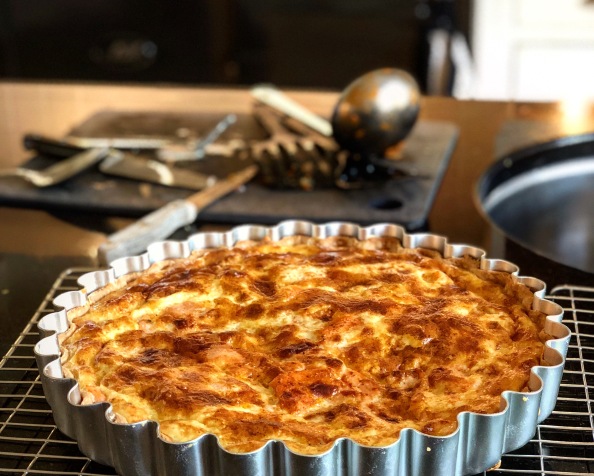I recently took part in a fun Twitter challenge. Jenny Linford (@jennylinford) invited her followers every day for a week to name their seven favourite cookbooks. As well as making my choices, which wasn’t easy, I so enjoyed browsing the hashtag #7favouritecookbooks. Of course many of the books mentioned were my own favourites too while some I’d heard about but never owned (and now want to!) and some I’d never come across but now want to explore. The books in my selection were well used by me, obviously, and in several cases constituted just one example of work by my favourite cookery writers like Delia Smith and Diana Henry.
Recently for friends I made the roasted vegetable couscous dish in Delia’s Summer Collection, one of my seven choices. They all remarked how the dish had stood the test of time and that it reminded them what an excellent book it is. We agreed on what an impact it had had and how it had changed the way we cooked: suddenly we were needing fresh coriander and limes all the time and as for roasting vegetables as an alternative to boiling or frying them, this was a revelation.
I make this type of roasted ratatouille all the time now, sometimes with the harissa dressing and couscous, but mostly to serve with roasted or barbecued meat. Leftovers are delicious warm or cold with a dollop of hummus. This summer I’ve been making a similar dish which particularly complements fish, but also goes well with meat; it’s the Sicilian caponata. The authentic way of making it is to fry each vegetable separately but the other day I thought I’d try roasting them all together in the same way I’d do the roasted ratatouille; this seemed to me to be the ideal Aga way. Only the tomatoes are prepared separately and then added at the end.
I was guided by the caponata recipe in Xanthe Clay’s lovely book “The Contented Cook”.
Aga Caponata
Ingredients
- 1 large aubergine, cubed
- Extra virgin olive oil
- 1 large onion, peeled, cut into 10 or 12 wedges
- 1 fat garlic clove, crushed
- 2 red peppers, deseeded and thickly sliced
- 1 fennel bulb, trimmed and sliced (save the frondy tops)
- 2-3 large, ripe tomatoes (I used plum; you could use tinned if you don’t have any fresh ones)
- 1/2 glass red wine
- 2 tbsps red wine vinegar
- 1 tsp sugar
- Handful of green olives
- 2 tbsps capers
- Basil leaves (optional)
- Salt and freshly ground black pepper
Method
- Place the aubergine, onion, garlic, peppers and fennel in the small Aga roasting tin
- Season and stir in about 3 tbsps of olive oil, coating everything
- Slide the tin onto the top set of runners in the roasting oven and roast for 30 to 40 minutes until the vegetables are soft and slightly charred in places
- Meanwhile put the tomatoes in a bowl and pour boiling water over them. Leave for a couple of minutes, then drain under cold water and peel off the skins and deseed. Chop the flesh
- Put the wine, wine vinegar and sugar in a small saucepan and bring to the boil on the simmering plate. Add the chopped tomato and cook in the simmering oven until the mixture has reduced to a thick sauce. Season and stir it into the cooked vegetables.
- Leave to cool to room temperature before mixing in the olives, capers and the basil or fennel fronds
- Check the seasoning and serve




 which was hugely popular when it came out in 1993. All my friends seemed to be cooking from it, whether it was Piedmont Roasted Peppers, Thai Salmon Filo Parcels or Pesto Rice Salad. Some of the ingredients in the recipes (fresh coriander, lemongrass, pesto, chillies, couscous) were new to us or at least not part of our daily repertoire and not always easy to get hold of. The Chicken with
which was hugely popular when it came out in 1993. All my friends seemed to be cooking from it, whether it was Piedmont Roasted Peppers, Thai Salmon Filo Parcels or Pesto Rice Salad. Some of the ingredients in the recipes (fresh coriander, lemongrass, pesto, chillies, couscous) were new to us or at least not part of our daily repertoire and not always easy to get hold of. The Chicken with 












